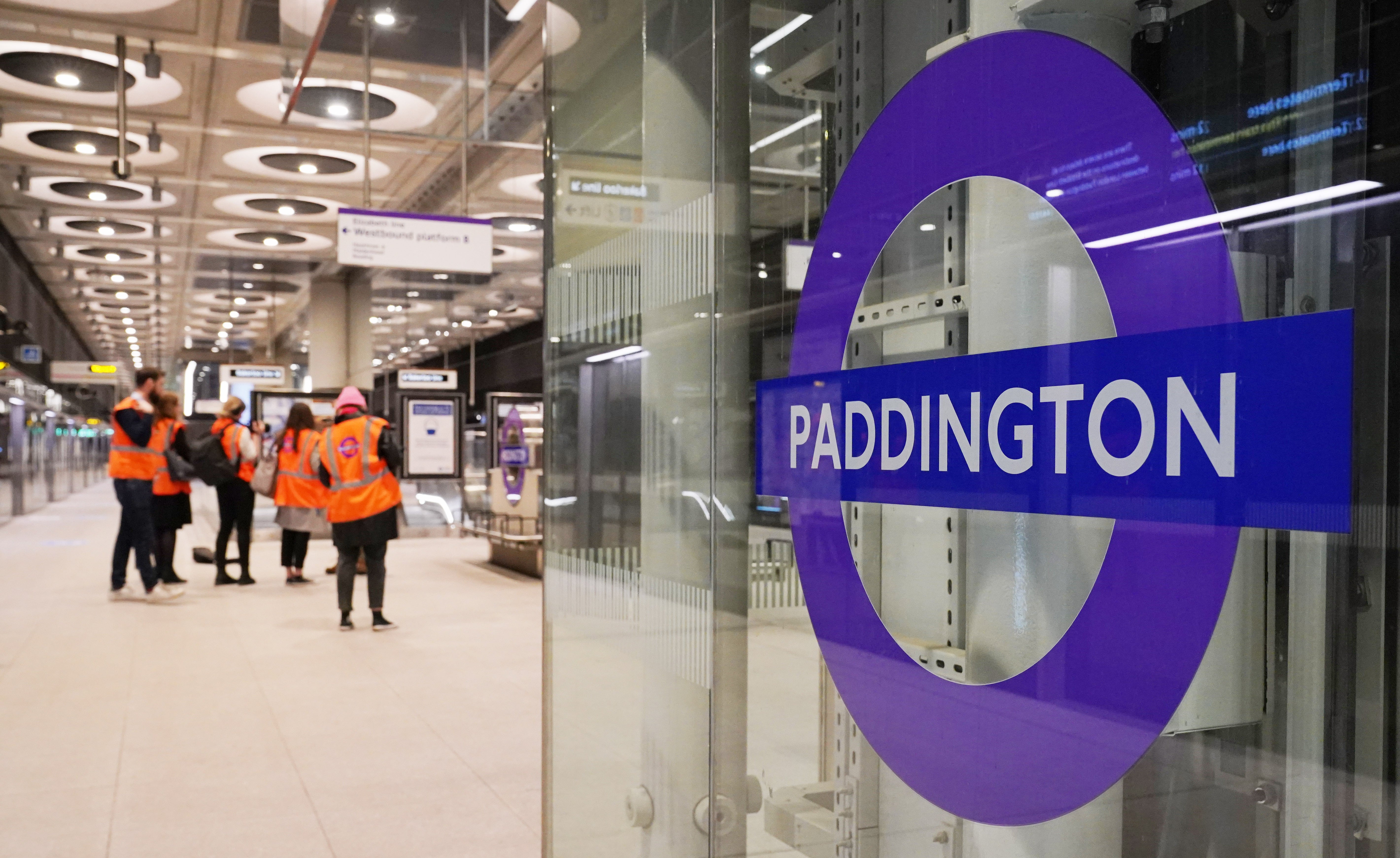Timeline of troubled Crossrail project
The scheme has suffered a number of problems.

Your support helps us to tell the story
From reproductive rights to climate change to Big Tech, The Independent is on the ground when the story is developing. Whether it's investigating the financials of Elon Musk's pro-Trump PAC or producing our latest documentary, 'The A Word', which shines a light on the American women fighting for reproductive rights, we know how important it is to parse out the facts from the messaging.
At such a critical moment in US history, we need reporters on the ground. Your donation allows us to keep sending journalists to speak to both sides of the story.
The Independent is trusted by Americans across the entire political spectrum. And unlike many other quality news outlets, we choose not to lock Americans out of our reporting and analysis with paywalls. We believe quality journalism should be available to everyone, paid for by those who can afford it.
Your support makes all the difference.London’s Crossrail project suffered numerous setbacks.
Here the PA news agency looks at the key dates in the 20-year history of the railway.
– January 2002: Cross London Rail Links Ltd, a joint venture between the Strategic Rail Authority and Transport for London (TfL), is set up to develop plans for Crossrail.
– July 2004: The Government commits to introducing legislation to enable Crossrail to proceed.
– October 2007: Prime Minister Gordon Brown gives the green light for the project. It is expected to cost £15.9 billion and open in December 2017.
– May 2009: London Mayor Boris Johnson and Transport Secretary Lord Adonis break ground on the project at Canary Wharf.
– October 2010: Crossrail’s budget is cut to £14.8 billion in the Conservative and Liberal Democrat coalition government’s comprehensive spending review. Its opening date is pushed back 12 months to December 2018.
– January 2014: The National Audit Office says the scheme is “just behind schedule”, adding that Crossrail Ltd “remains confident” it will open on time.
– May 2015: Tunnel boring is completed as a tunnelling machine named Victoria arrives at Farringdon. Some 13 miles of new tunnels have been dug under London.
– February 2016: The Queen visits Bond Street station and announces the railway will be named the Elizabeth line in her honour.
– July 2018: Rail minister Jo Johnson announces that Crossrail’s budget has risen to £15.4 billion as “cost pressures have increased across the project”.
– August 2018: Crossrail Ltd announces it will miss its December 2018 opening date but the central section “will open in autumn 2019”. The project is suffering from construction delays and difficulties installing complex signalling systems.
– December 2018: TfL says Crossrail may be delayed further and could require a £2 billion funding boost, taking the cost up to £17.6 billion. The Government, TfL and London Mayor Sadiq Khan agree a financial package to cover this.
– December 2018: Sir Terry Morgan resigns as chairman of Crossrail Ltd and HS2, days after predicting he would be sacked. He is replaced at Crossrail by London Underground managing director Mark Wild.
– April 2019: A “delivery window” between October 2020 and March 2021 is announced for the central section of Crossrail.
– November 2019: Crossrail Ltd announces that the railway will open “as soon as practically possible in 2021”. The cost has increased by up to £650 million to £18.25 billion.
– January 2020: The “latest assessment” is that services will commence in summer 2021.
– July 2020: Crossrail Ltd says the railway will not open in summer 2021 because of delays caused by the coronavirus pandemic. It does not give an updated schedule.
– August 2020: It is announced that the line will open in the first half of 2022.
– July 2021: The National Audit Office says the estimated total cost of Crossrail is £18.9 billion.
– Tuesday May 17 2022: The Queen and Prime Minister Boris Johnson visit Paddington station to celebrate the completion of Crossrail.
– Tuesday May 24 2022: Elizabeth line services are launched in three separate sections.
– Autumn 2022: The three sections are due to be integrated.
– May 2023: The full timetable of up to 24 trains per hour is scheduled to be introduced.